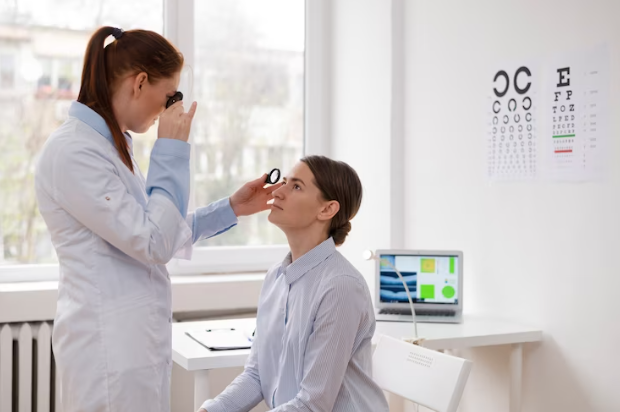What is the most typical cause of melasma?
According to Dr. Okereke, melasma develops when melanocytes, the skin’s pigment-producing cells, become overactive and create an excessive amount of color. One of the reasons melasma is so challenging to treat is the fact that overactivity can happen for a number of different reasons. The two main causes of melasma, however, are hormones and sun exposure, which is why the condition is frequently called a “substance” (sun!). or a hormonal “mask for pregnancy.”
This means that if you prefer to lounge around, don’t use enough sunscreen, use hormonal contraception, or are pregnant, you’re more likely to develop melasma. Any other elements? Inflammation (induced by irritants, products, irritation, etc.), specific drugs (please check with your doctor), extreme heat from hot yoga or steam room sessions, as well as an aggressive or too harsh skincare regimen.
Brightening creams and serums for melasma
They’ll put in all the effort necessary to make your melasma vanish. Choose a melasma serum or cream that contains tranexamic acid, azelaic acid, arbutin, kojic acid, and/or niacinamide, as well as vitamin C (preferably 10 to 20 percent) (the texture is entirely up to you). In contrast to other skin brighteners, all of these chemicals decrease excess pigment formation in addition to lightening melasma and balancing your skin tone. They are also quite moderate and safe for all skin tones (like hydroquinone).
The best prescription treatments for melasma include:
If your stubborn melasma is not responding to over-the-counter treatments, make an appointment with your doctor to go over the many prescription options. To assist you to get rid of your melasma, your dermatologist might recommend a compound custom cream with a range of different Rx-strength compounds, like arbutin and azelaic acid. Some dermatologists may advise using a cream that contains the controversial but effective skin-lightening compound hydroquinone, such as Tri-Luma Cream, which mixes hydrocortisone, hydroquinone, and tretinoin (commonly known as Rx-strength retinol). In essence, the decision regarding the best course of action for you will be made by your doctor.
Moreover, oral tranexamic acid, when administered sparingly and in small doses, can aid in the fading of melasma and the reduction of pigmentation. Because oral tranexamic is often regarded as a last-resort medicine, it may be worth bringing up to your primary care physician if you have tried all of your other options without success.
Microneedling
Microneedling Micro-needling causes minute incisions in the skin, which, in contrast to pigment-targeting lasers that remove excess melanin from the skin, causes the skin to respond by mending. Your body’s natural healing process, according to Dr. Maiman, depends on your cells producing brand-new skin that hasn’t yet been impacted by hormones or the sun. Dr. Maiman claims that in addition to reducing excess pigment, doctors can deliver skin-brightening substances like tranexamic acid, glutathione, vitamin C, and niacinamide through the microscopic tears or holes created during the micro-needling procedure.





















